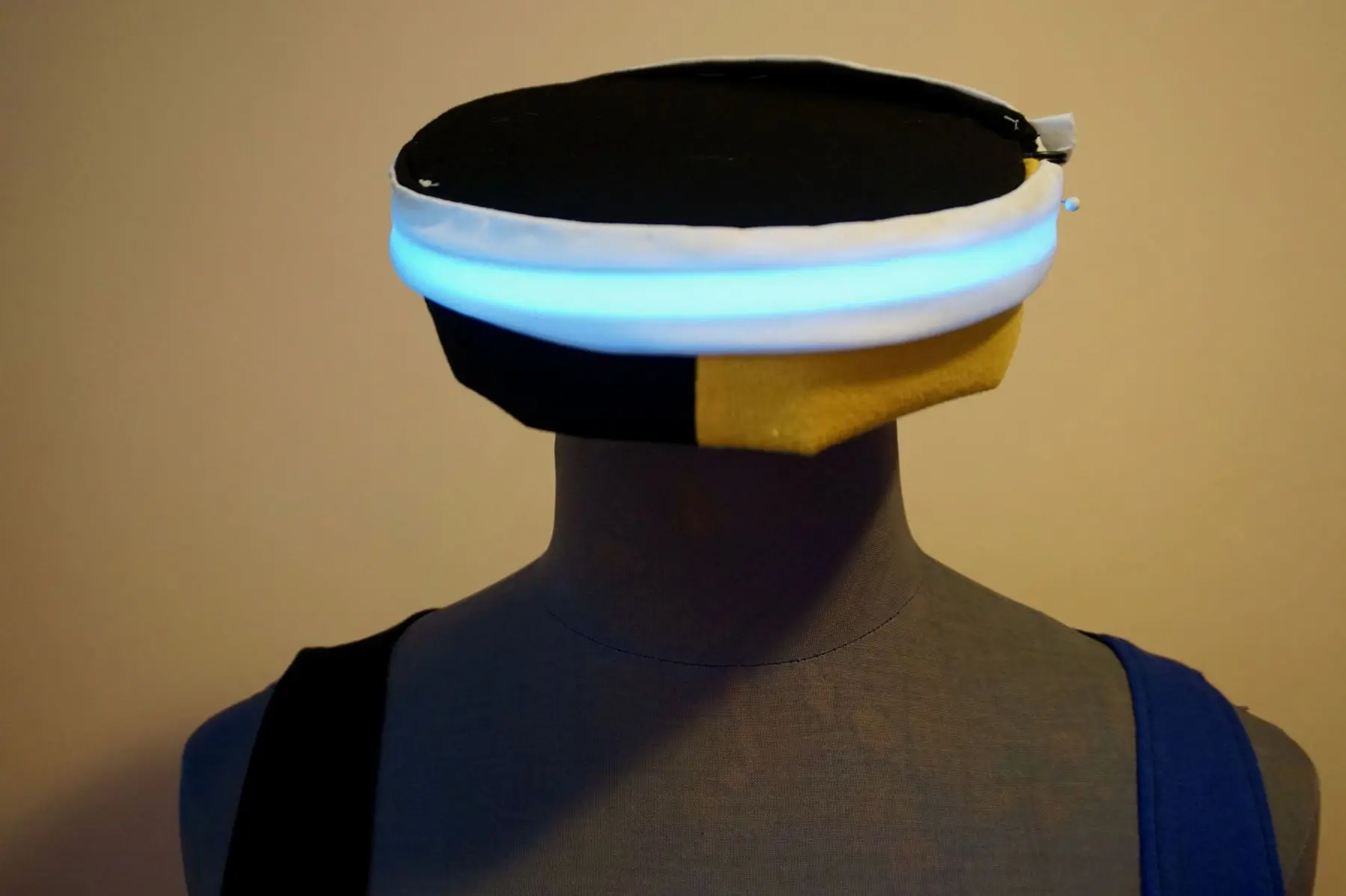By Justin Pansacola
This Summer, the Institute for Educational Advancement’s Academy program will be offering a wide variety of classes, including the online class “Electronics for Cosplay.” Cosplay (a portmanteau of costume play, the art of making fun costumes) is a unique opportunity to incorporate knowledge and experiments of electronics. To learn more, we talked with instructor Joan Horvath.
Why cosplay? There’s a lot of ways to learn about electronics, but what is it about the medium of cosplay that makes it ideal for a class?
Cosplay is a great motivator for design because it inherently tells a story. It can be hard for kids to come up with “an electronics project” that they really get into, but if we already know we want to be a blinky unicorn, then it’s easier to break that down and figure out some fun things that can be done with programmable lights, or maybe some servos to make things move or spin around.
Is the class mostly working with those programmable lights and servos, or is there also a lot of cutting/sewing/tailoring fabric involved?
Minimal hand sewing if any, probably some hot glue. Emphasis mostly on storytelling, and designing what the cosplay item is supposed to do. Then the main emphasis will be on figuring out what sensors to use, writing computer code to control the sensors (like an accelerometer to tell that the wearer is moving a certain way) and blinking lights or moving something in response to what is being sensed. So it is mostly a technical class, not a craft one.
How do you think costumes tell stories?
Kids can imagine themselves as a fantasy character, and the costume or prop (we’ll probably mostly be making props, like a hat or necklace) helps them get into character, just like any other actor. So for instance if you have a necklace that glows green if you move fast enough than can warn your adversaries that you are supercharged and they better get out of the way! I’m also thinking they could make themselves a little “familiar” that moves a tail or an ear if it detects something. But the choices will be up to them.
What can a student that takes this class do with the skills they’ve learned? How do you imagine their path in electronics continuing?
We will use a basic microprocessor that will teach them to code in a common computer language, or build on skills if they already know that. They will be able to take that for pretty much any future coding projects they want to do. Projects like this that mix hardware and software also are good background for robotics in particular and engineering in general going forward.
“Electronics for Cosplay” is an online Academy class for ages 12 through 14, taught on weekdays from August 1 to August 12. For more information about the class, as well as information about registering for Academy, see our program page here.

